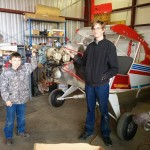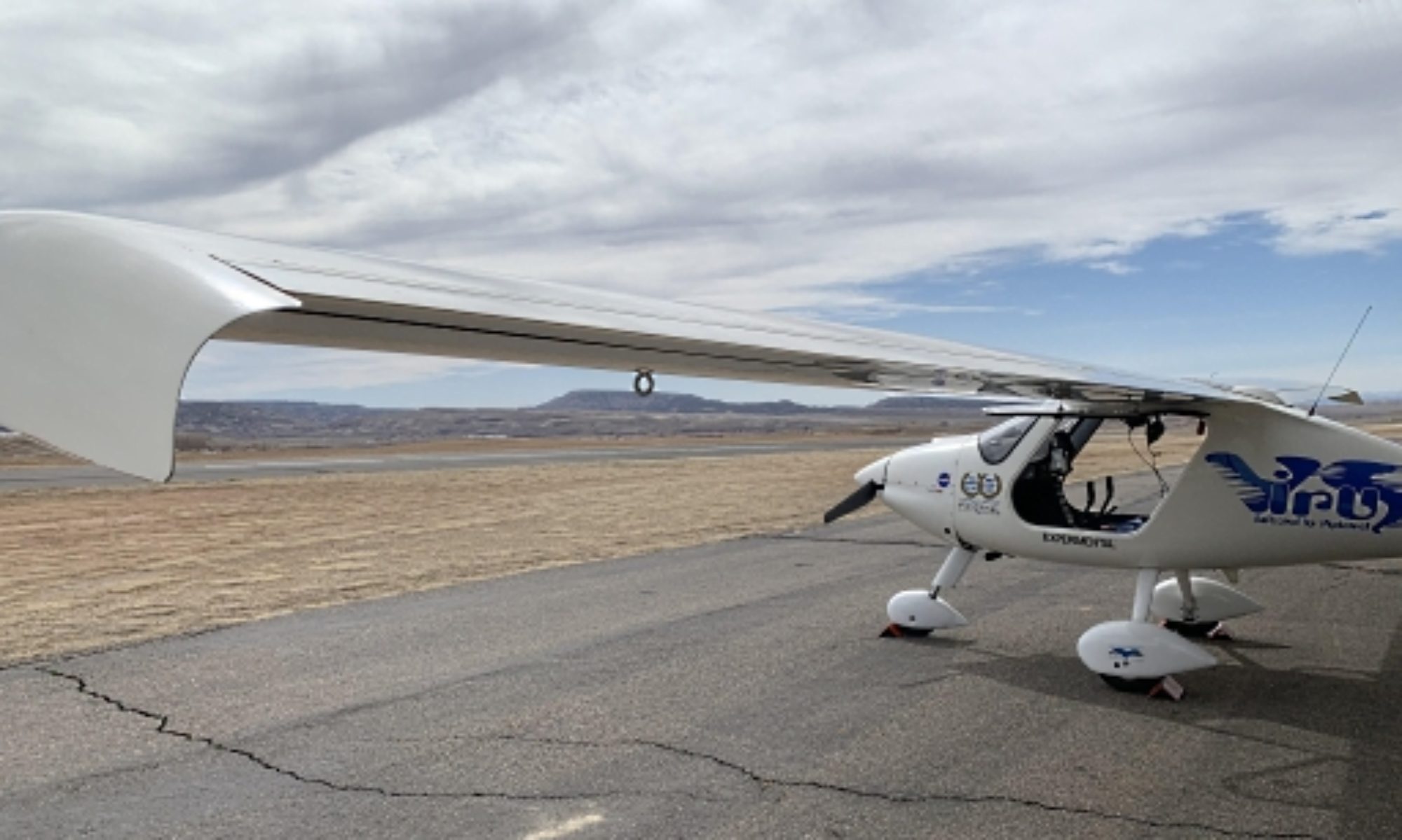Thank you for your response. we are busy with the build and have not been to concerned with the prop, as we have been busy with everything else. We are currently re-overhauling the engine. I have no real idea what to expect out of this airplane, but here is a letter from a Hawk owner that gives you an idea of performance with a C-90. We have a lot of bush strips around here and am sure our group will be landing on them. (That is why I had the landing gear stress analyzed and designed for this by a structual engineer who worked for scaled composites and now works for ZEE AERO, google- interesting read on the internet). The airport C07 manager, Ladd is one of the main promoters of bush flying and holds several poker fly outs a year. I would like to see a propeller that is halfway between a cruse prop and a climb prop. (This is why at one point, I was looking for a ground adjustable.) We have the funds and are getting close to a trial weigh so the prop would be handy. Since the EAA will not allow us to have a flying airplane in a chapter, we have formed a 501(C)3 called High Country Aviation Workshop for Kids- and go by- Hawk Society. Now we can take donations, in fact we are in process of having a 601 Zenith kit donated to us with an engine. Hope this kind of answers your questions. This letter was to Tom Marson he is the Hawk guru and built hawk SN-3. The prop will be paid for by EAA chapter 800.
Reply-To: Bryan Swank
As you may recall I added two 12x12x24 inch baggage compartments behind the seat. It was designed to hold 50# but with two people this puts the center of gravity(CG) at the limit of about 19″ behind the leading edge after about an 1 1/2 hr as main fuel tank empties. Also I am not sure anyone has ever flown a Hawk with the CG this far aft — maybe you did? Anyway I wanted to be careful so I did 8 flights and progressively added gallons of water to the baggage area until I got to 19″. Since I was flying alone to get to 19″ I had to add 75# of water to the baggage area. As the flights progressed, the plane became more pitch sensitive but never seemed or acted tail heavy. I stalled the plane during each flight and it simply dropped the nose. Overall I felt like the plane flew better with an aft CG. It is hard to quantify but it seemed more docile and was easier to land.
So now I am comfortable flying at these aft CG’s. However, with two people at 400#, full fuel, and 50# baggage I am about 32# over the 1320# Light Sport limit. Although one needs to be cautious I feel the wings are good for that much if not more. I know the factory only says gross weight is 1150# but I think that is really conservative. Kermit had 1250# on his data plate. I don’t remember what you had. In the past I have flown a 300# passenger at a gross weight of 1375# and was comfortable and it didn’t seem overloaded.
I may have mentioned before that I designed door latches so I could fly with the doors open. The magnetic latches would hold.I have flown with both door and windows open. It slows the plane down a lot but is not as turbulent in the cabin as I expected. With only one door open it is really quite. On hot days this is nice
My furthest flight was to Jonesville Virginia. It was a 2 1/2 hour flight and got me into the foothills of the Smokeys. Really pretty but you sure don’t want to have engine problems! I fly the C-90 at 2200 rpm and about 95 mph. At this condition fuel consumption is 5.4 gph. At 2350 – 2400 rpm it flys at 110-115 mph but fuel consumption goes over 6 gph. Maybe if I just wanted to get somewhere quick it would be worth it in terms of miles per hour but it seem a lot quieter and more pleasant at 2200.
The Hawk now has 400 hours on it. If I had to pick another two place side by side high wing plane to own instead of the Hawk I am not sure what it would be. For my type of flying it is hard to beat.
Anyway I hope you are surviving your northern winter. Or maybe you escaped to the south like Kermit!
Talk to you later.
Bryan Swank

Jake and Joshua
in front of Dakota Hawk #28
We have 6 full time kids
The rest of the kids were in Delta getting Glider rides from the Grand Mesa Soaring Society. They are also a non-profit. It is the way to go.
On Mon, Feb 16, 2015 at 6:29 AM, [email protected] wrote:
Hope the project is going well. I sent an e-mail some time ago after the Chapter approved a propeller purchase from us. I need details about the Dakota performance.
Using your 0-200 at 100 hp at 2750 rpm what do you feel will be the full throttle level flight realistic airspeed? This value does not have to be what is capable but what you want the airspeed to be. Also what is the max diameter size? What name do we use for the Invoice?
After I determine the propeller size we will provide the invoice.
www.princeaircraft.com
Lonnie Prince
CEO/President
6774 Providence Street
Whitehouse, Ohio 43571
Tel. 419-877-5557
Fax 419-877-5564
[email protected]
Veteran Owned Company
Member of:
Better Business Bureau
National Federation of Small Businessmen
Experimental Aircraft Association
Aircraft Owners and Pilots Association
